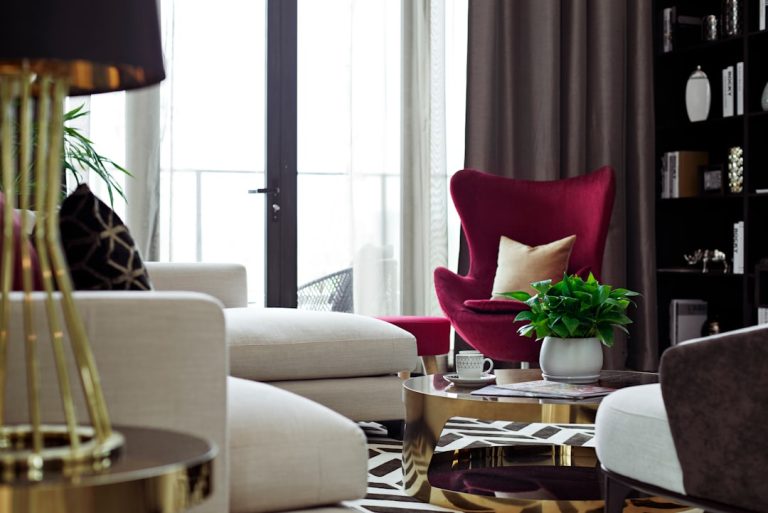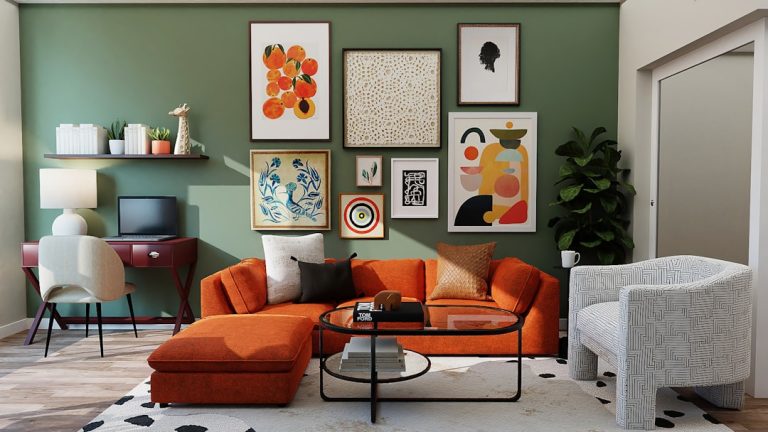Turning Your Home Into an Eco-Friendly Sanctuary
In a world where sustainability is no longer just a buzzword but a lifestyle, transforming your home into an eco-friendly sanctuary can be both rewarding and stylish. Embracing sustainable home decor not only reduces your carbon footprint but also breathes new life into your living space. Here’s how you can start making your home a beacon of eco-friendliness without sacrificing aesthetics.
Firstly, let’s talk about materials. Choosing the right materials can significantly impact the environmental footprint of your home. Look for furniture and decor items made from reclaimed wood, bamboo, or recycled metal. These materials are not only sustainable but also add a rustic charm to your interiors. Bamboo, in particular, is a fast-growing plant that regenerates quickly, making it an excellent alternative to traditional wood.
Textiles play a huge role in home decor, and there are plenty of eco-friendly options available. Opt for organic cotton, linen, or hemp fabrics for your curtains, cushions, and upholstery. These materials are free from harmful chemicals and are biodegradable, making them an excellent choice for the environmentally conscious homeowner.
Lighting is another aspect of home decor that can be both beautiful and eco-friendly. LED lights consume significantly less energy than traditional incandescent bulbs and have a longer lifespan. For an added touch of elegance, consider installing solar-powered outdoor lights to illuminate your garden or patio.
Next, let’s dive into the world of plants. Houseplants not only enhance the aesthetic appeal of your home but also improve air quality. Plants like snake plants, spider plants, and peace lilies are known for their air-purifying qualities. They absorb toxins and release oxygen, making your home a healthier place to live.
Now, onto furniture. Before you rush out to buy new items, consider upcycling. This trend involves taking old furniture and giving it a new lease of life through paint, fabric, or creative repurposing. An old ladder can become a chic bookshelf, and a worn-out table can be transformed with a fresh coat of eco-friendly paint.
Decor doesn’t have to be all about buying new. Thrift stores and antique shops are treasure troves for unique, sustainable decor pieces. These items often have a history and character that new items lack. Plus, by choosing second-hand, you’re reducing the demand for new products and helping the planet.
Lastly, let’s not forget about the power of DIY. Creating your own decor items is not only satisfying but also allows you to use recycled materials. Old glass jars can become stylish candle holders, and leftover fabric can be turned into quirky cushion covers.
In conclusion, creating an eco-friendly home is not just about the choices you make, but also about a mindset shift towards sustainability. By incorporating these tips, you can create a space that is both stylish and kind to the planet. So, next time you’re thinking about redecorating, remember that you have the power to make choices that are both beautiful and beneficial for the environment.






